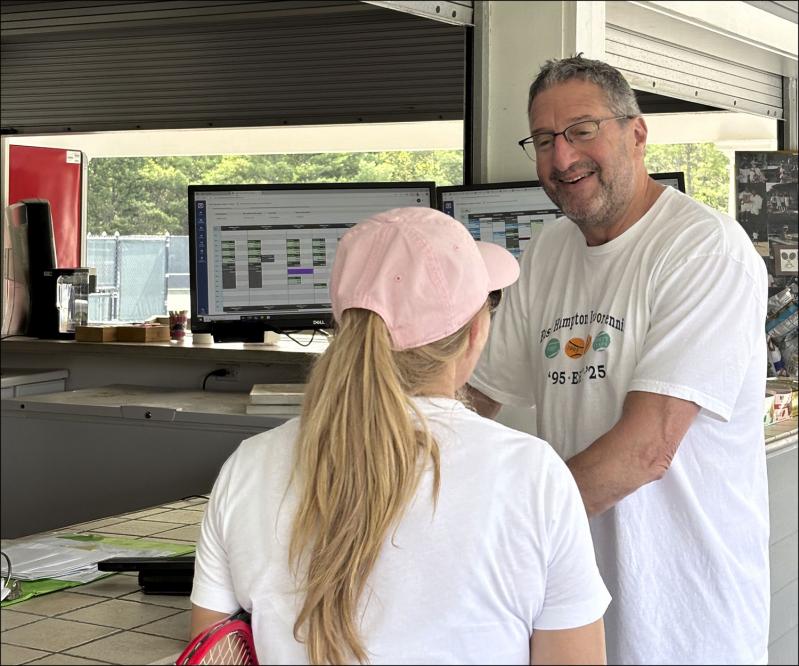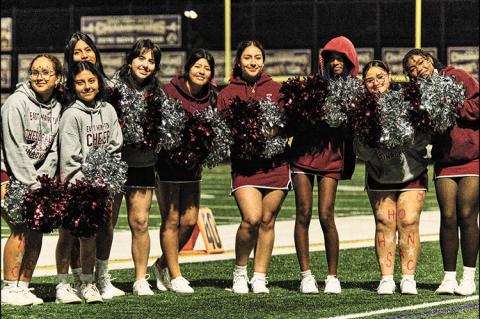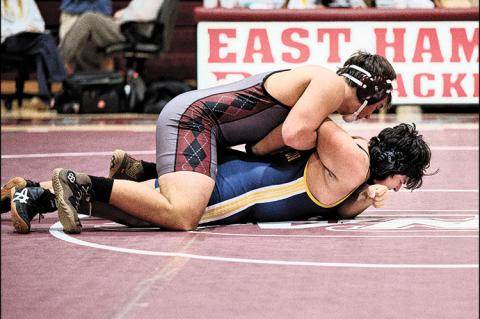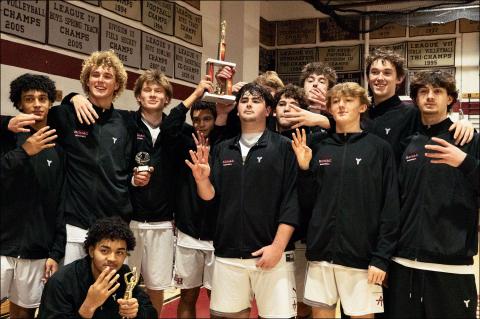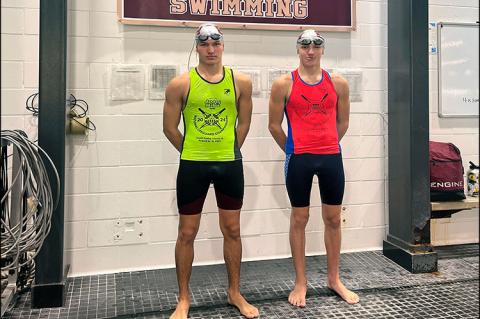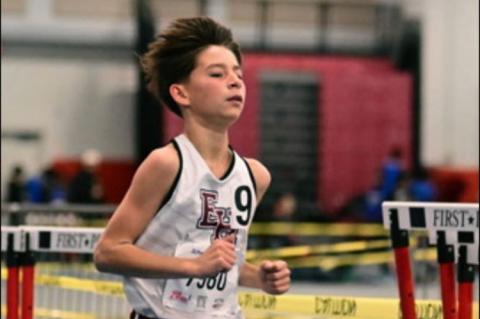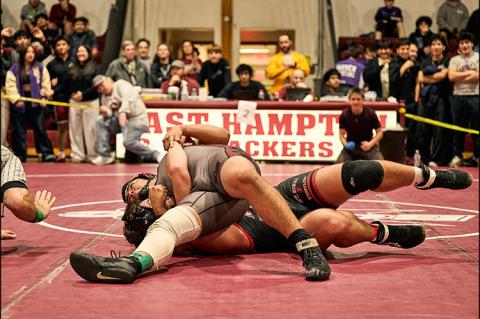The day after having celebrated the East Hampton Indoor-Outdoor Tennis Club’s 30th anniversary, Scott Rubenstein, its progenitor and managing partner, said he’d come close to dying as the result of a bee sting on Father’s Day.
He was ready to go home, though not feeling well, the 65-year-old Rubenstein said, and Claudio Semino, his Argentine-born right-hand man since day one, could see that. “Claudio was coming up the ramp as I was going down it. I hate to think what would have happened if I’d gotten into my car — hitting a tree would have been the least of it. Back on the deck I went into anaphylactic shock. I had three seizures, I couldn’t breathe. . . .”
“Here,” he said, holding out the cellphone that is constantly with him, “you can see me slumped over, and there’s Claudio next to me. He called 911, the E.M.T.s came, the ambulance came, and took me to the hospital’s emergency room. . . . It was the second time in my life that Claudio saved my life — the first time was when I hired him to oversee practically everything here 30 years ago.”
Looking back on his 52 years in the business, a career that began in the summer of his 13th year at Charlie Metelski’s Green Hollow Tennis Club, Rubenstein said he had other tennis club managers to thank, Carol Collet, Bill Scholl, the Principis, the DiPietros, Paul Masters, and Jerry Cohen among them — chiefly Jerry Cohen, who once told him he’d wasted nine years of his life striving in vain to gain town approvals for an indoor and outdoor tennis club on 24 acres of commercial-industrial woodland across the street from the town airport that Rubenstein and his wife, Holly, had gone in hock to buy in the mid-1980s.
“Jerry — we’d been friends since I was 16 — wanted me to come to his office so he could lay out why it was a bad idea. He was trying to be nice — he’s a good businessman. For nine years, I’d been trying to get the town’s approvals. I was even asked to come up with two studies as to how the ‘bubble’ I wanted to put up over six tennis courts would affect global warming! We went bankrupt. Holly and I wound up living in a basement, with two kids. We lost our house, our cars, we hocked her engagement ring, we lost our I.R.A., our 401K — we were broke.”
But after a long meeting one night, Cohen asked Rubenstein, after massaging the numbers, if he’d spend one more night talking it over, to wit, that he thought Indoor Tennis actually might work out better than he’d thought at first.
The rest is history.
Buoyed by Cohen’s backing and by the addition of three other partners, Barry Emanuel, John Geelan, and Richard Tarlow, Rubenstein continued to persist and ultimately won the approvals he’d been seeking for the better part of a decade. “It was like a barn-raising in Amish country — that’s what The Independent called it. Everybody got together. There were so many helpful people on the way — people who loaned us money, Frank Hollenbeck, the architect, Dave Weaver at Walbridge [Surveyors], all the tradesmen. . . . Everyone rallied around me, hoping that I’d pay them someday.”
And, yes, the response from the community was “immediate and gratifying. People were grateful to have something to do in the winter. . . . We were voted club-of-the-year by the U.S.T.A. that first year. When I spoke last night, I said that one of the interesting things that first year was to look out on a rainy day in February and see someone from the Maidstone Club, a couple who’d just come out from the city, and a local tradesman, who had a truck with a black Lab in the back, playing tennis together. Without tennis, I realized, it was likely that those four would never have met.”
As of now, the club, which is busy year round, has 18 outdoor and six indoor Har-Tru tennis courts, two platform tennis/pickleball courts, three courts for padel, a glass walled-in sport that requires tennis and squash skills, mini golf — and bowling alleys and arcade games in the Clubhouse adjacent to the indoor courts that have for some years been housed in a steel building put up after a heavy snowfall one winter caused the bubble to collapse.
“We’re thinking of putting in three more padel courts,” Rubenstein said, when questioned as to possible additions, “and a fitness center, where you could work out with instructors. We’re also thinking of indoor simulated golf. . . . We’ve thought about a covered ice rink, but there aren’t enough people out here for year-round skating. What Buckskill does is perfect — it’s wonderful for the community,” he said of that club’s unroofed N.H.L.-size rink that overlies four tennis courts in the winter.
A very good tennis player himself, Rubenstein, who’s at the club seven days a week — and the Clubhouse on the nights it’s open — hasn’t time for it, preferring instead to watch his wife and his grandson, Mason, play. About a decade ago, he entered the club doubles tournament with Mel Frankel, but it was a brief appearance. “We won the first round, and then we both got injured and had to default in the second.”
It has been a good life, he said. His wife, who has stood by him all along, has played a huge part in the club’s success, and to know that their children, Matt, Brian, and Rebecca, as well as their Thorsen cousins, Tom and Kelsi, are EHIT employees is gratifying, as it was on June 28 to look out and see the 350 attendees, his tennis friends, talking with each other, “even people who don’t play with each other at the end of the day. That’s what it’s about — friendship. That really, you know, put a smile on my face. . . . And then to know that I’ve possibly had some positive influence on the lives of all the kids who’ve come through here over the years. Every now and then I’ll get an email or a phone call from one of them, saying I’ve helped them on their way in one way or another. To know that you’ve helped young people is the greatest gift to me.”

